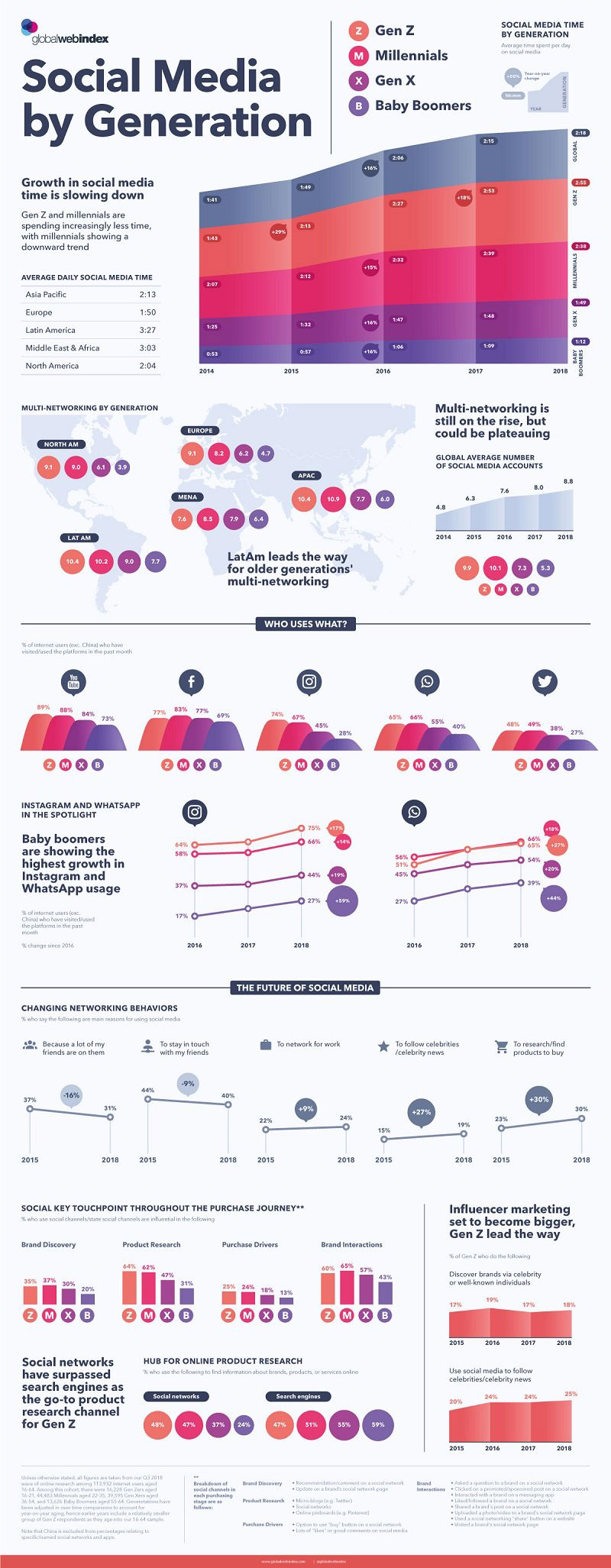Digital Recap: Best Practices for Your Holiday Campaigns
Here are the latest digital marketing news and trends for the week of November 22, 2019.
How to Build a Better Holiday Strategy According to Google
Seventy-six percent of holiday shoppers will use three or more channels to make purchasing decisions, according to Google. Zack Bailey, head of omnichannel solutions at Google, and Irem Erkaya, global product lead at Google, recently shared best practices for connecting with these omnichannel consumers during the holiday season. Here are a few tips.
Showcase Shopping Ads in Google Images: Shoppers are increasingly using Google Images to find new products, and Google is now offering Showcase Shopping Ads within the growing shopping channel. Showcase Shopping Ads are sponsored images that display brand, price, and product details when hovered over.
Online to Offline ROI: Local Inventory Ads and Store Visits are two tactics that connect online consumers to their local brick-and-mortar stores. An expanded store pickup feature within Local Inventory Ads allows consumers to purchase the product online and pickup immediately in-store, when available.
In-Store Purchases: “Sometimes your objective is simple,” said Bailey. “Get people into your stores.” Brands can use Local campaigns to connect with users across multiple channels, including Search, Maps, and YouTube. Location grouping also allows brands or franchises to drive consumers to specific locations, where they can boost sales for lower-performing locations.
Infographic: Gen Z Prefer to Research Products on Social Networks
The public interest in generational behaviors is strong with the onslaught of “OK, Boomer” memes and Millennials seemingly killing off every industry in America. GlobalWebIndex applied this interest to social media behavior and found a few tidbits of insight that should be important to marketers.
Perhaps the most interesting finding is that members of Gen Z (born between 1997 and 2012) prefer to research brands, products, and services on social media channels over search engines.
While it’s a relatively equal split (48% prefer social networks, 47% prefer search engines), this highlights the growing influence of social channels on the customer journey. The ubiquitous presence and versatility of social media content has pushed it past a basic play for brand awareness and into consideration, where brands need to be prepared to give potential customers the most relevant information.
Source: GlobalWebIndex
Facebook Allows Advertisers to Choose Ad Context
Facebook announced on Wednesday new tools that will give advertisers the power to choose where their ads will appear on the social platform.
Brands and advertisers can now create whitelists, which creates a list of sites and apps where ads are safe to display. An ad will not run on any site or app not included on the whitelist. This is a more direct way of ensuring a specific ad environment than blocklists. Blocklists only allowed brands and advertisers to block certain sites or apps, leaving a long list of unknown environments where ads could potentially display.
“This week’s announcement is part of a two-plus year journey that we’ve been on to ensure that we provide advertisers with as many controls as possible to help their brands feel safe and secure being on our platform,” said Carolyn Everson, Facebook’s VP of global marketing solutions.
Facebook also introduced the ability to apply brand safety settings to an entire account as opposed to on the campaign level.
Stay In Touch.
Subscribe to our monthly email newsletter.




